In this post from the elements and principles of art series on Art Class Curator, see varying examples of unity in art. From harmony with shape to unity using texture, find all of your unity in art examples in one place!

Unity in Art
Unity (also called harmony) is an important principle of design that gives the artwork a sense of cohesion or coherence. It is the wholeness or completeness of a picture. Unity and harmony in art are used by artists to tie a composition together and help the composition make sense as a whole piece of art.
The principles of design are ways to organize the elements of art (line, shape, color, form, space, value, texture) to create a wide range of effects. To create unity or harmony in art, artists arrange the similar components and elements of art to create consistency. Unity or harmony can also be created by merging the form and the meaning of the artwork together.
Unity and variety in art are often discussed together, because ultimately an artwork must contain both unity and variety to be a successful work of art, and there must be balance between the two.
“The essence of the beautiful is unity in variety.” – William Somerset Maugham
Unity can be very subtle when done well. A unified artwork will just look right, complete, and pleasing. Principles of art unity is not necessarily just a repetition of the same element over and over again, but it is the pleasing combination of elements to create the big picture.

Botero creates unity in The Musicians with form, shape, color, line, and space.
Download the Free Elements and Principles Printable Pack
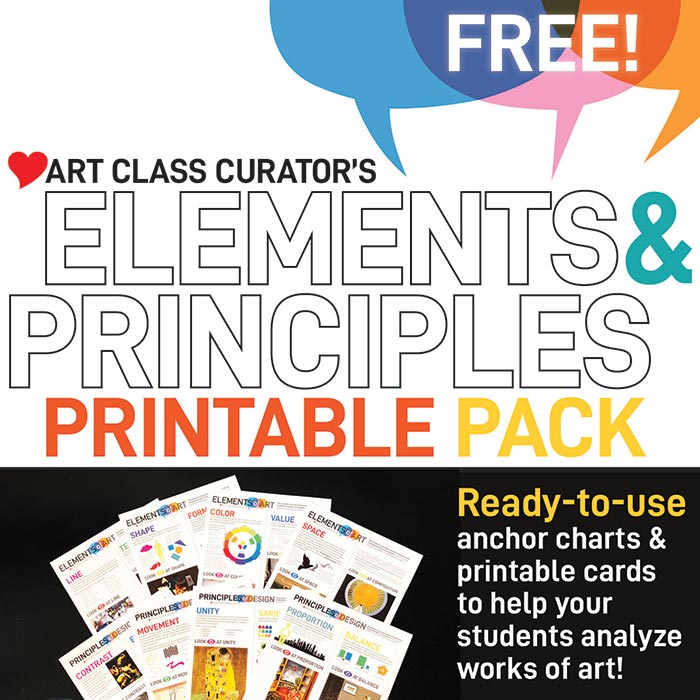
This pack of printables was designed to work in a variety of ways in your classroom when teaching the elements and principles of art. You can print and hang in your classroom as posters/anchor charts or you can cut each element and principle of art in its own individual card to use as a lesson manipulative.
Examples of Unity in Art Using Shape/Form

- Gustav Klimt, The Kiss, 1907–08
- Wassily Kandinsky, Circles in a Circle, 1923
- Gustave Caillebotte, Fruit Displayed on a Stand, 1881
- Piet Mondrian, Broadway Boogie Woogie, 1942
- Salvador Dali, Galatea of the Spheres, 1952
- Caspar David Friedrich, The life stages (beach picture, beach scene in Wiek), ca. 1834
- Kara Walker, Insurrection! (Our Tools Were Rudimentary, Yet We Pressed On), 2000
- Rene Magritte, Golconda, 1953
- Georges Seurat, A Sunday on La Grande Jette, 1884

- Duccio di Buoninsegna, The Maestà, 1308-1311
- Fernando Botero, The Musicians, 1991
- Giuseppe Arcimboldo, Spring, 1573
- Romare Bearden, The Dove, 1964
Examples of Unity in Art Using Color

- Jasper Johns, Zero-Nine, 1960
- Pablo PIcasso, The Old Guitarist, 1903-04
- Johannes Vermeer, The Art of Painting, 1665-68
Examples of Unity in Art Using Texture

- Claude Monet, Rue Montorgueil in Paris, 1878
- Dante Gabriel Rossetti, Lady Lilith, 1868 (altered 1872-73)
- Paul klee, Ad Parnassum, 1932
- John Biggers, Baptism, 1989
Examples of Unity in Art Using Line

- Ben Shahn, Supermarket, 1957
- Aubrey Beardsley, The Peacock Skirt, 1893
- John Singer Sargent, White Ships, circa 1908
- Pablo Picasso, The Dance of Youth, 1961
- Marcel Duchamp, Nude Descending Staircase, 1912
- Jose Diego Maria Rivera, Sugar Cane, 1931
Examples of Unity in Art Using Style

- Edvard Munch, The Scream, 1893
- Roy Lichtenstein, Explosion from 9, 1967
- Keith Haring, Untitled, 1988
- Paul Cezanne, Mont Sainte-Victoire, 1904-06
- Shen Zhou, Return from a Thousand Li, ca. 1480
- Vincent Van Gogh, Wheatfield with Crows, 1890
- Wayne Thiebaud, Paint Cans, 1990
Examples of Unity in Art Using Architecture

- Athens, Greece, Parthenon, 447 BC – 432 BC
- Rome, Italy, Colosseum, 70-80 AD
- Frank Lloyd Wright, The Guggenheim Museum, 1937
Principles of Art Unity Related Resources
- This article from the Natomas High School Design Department includes more definitions of how to use unity in art.
- Teach harmony and unity in art with a game.

Elements and Principles Teaching Bundle
This extraordinary bundle includes the best resources for teaching each of the elements and principles—37 worksheets/handouts, 15 lessons (with accompanying PowerPoints and Handouts), 3 ready-to-go art analysis activities, 3 art analysis videos, and 13 elements and principle PDF articles.
There you have it! The best examples of unity in art for your elements and principles of art lessons. Want more elements and principles of art teacher resources? Check out the below posts.
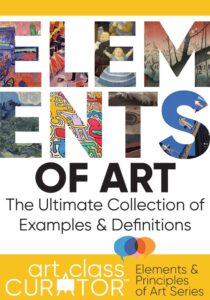


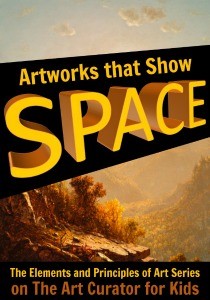
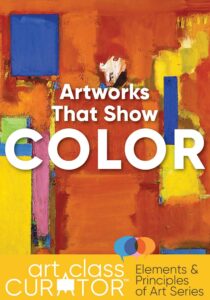

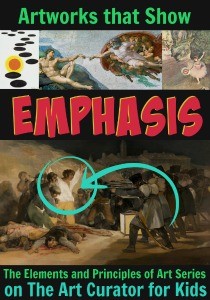
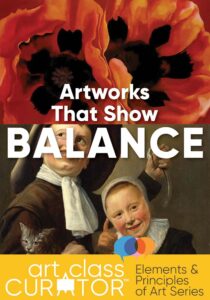
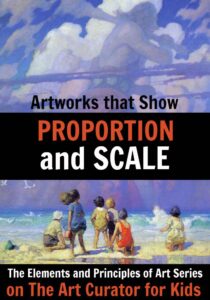
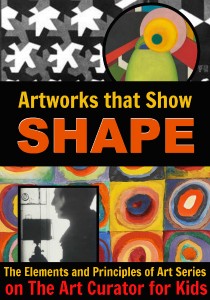
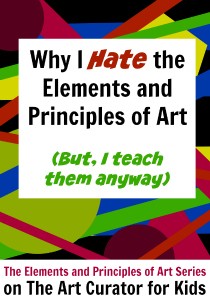
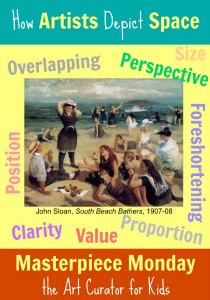
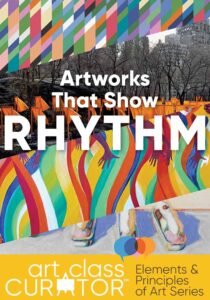


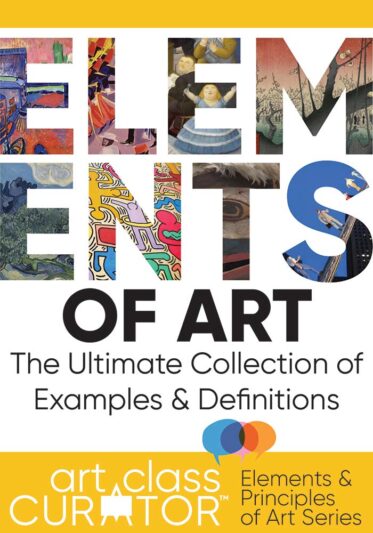

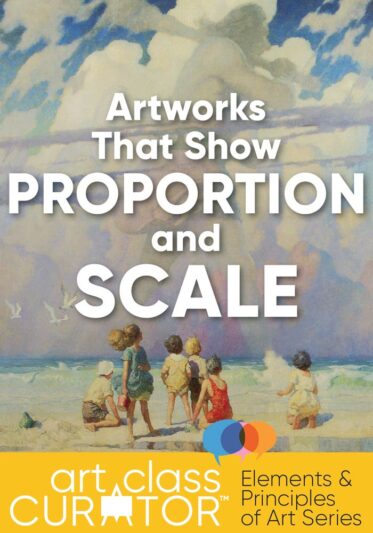

Love your mission! I also believe that art is essential and an integrator of other subjects. Very well written and thorough coverage of the elements and principles of art. We laminate two 8.5 X 11″ sheets side-by-side to make placemats to protect students’ desks. As a bonus, it reminds them of art vocabulary and visual examples to use as a reference when I’m teaching a lesson. Glad I found your site! Thanks!!
I ❤️ ART
wow cool talk about a complete work of art by bringing together various elements of art (line, shape, color, form, space, value, texture) to create a variety of effects
Good morning. I don’t see a link to download the Unity lesson. Is there one?
There is not a lesson download for this unity post. You can download the Elements & Principles freebie pack and utilize the suggested artworks on this post for a lesson.